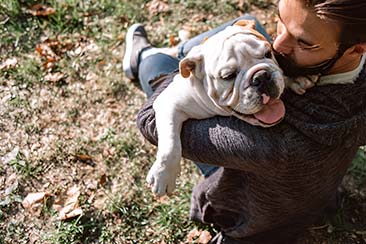That was a lot of diets to consider. You looked at the Mediterranean diet. The DASH diet. A vegan diet. The Mayo Clinic diet. The Zone diet. Many, many more. After doing a tonne of research on weight-loss diets, you’ve finally made your choice, and proudly announce it to your best friend. “I’ve decided to try the keto diet.” The response isn’t what you expect: “Hmmm. Dirty keto or clean keto?” You’re shocked. “What? Dirty or clean? You mean there’s more than one keto diet?”
Yes, there is. Well … sort of. Let us delve a little deeper…
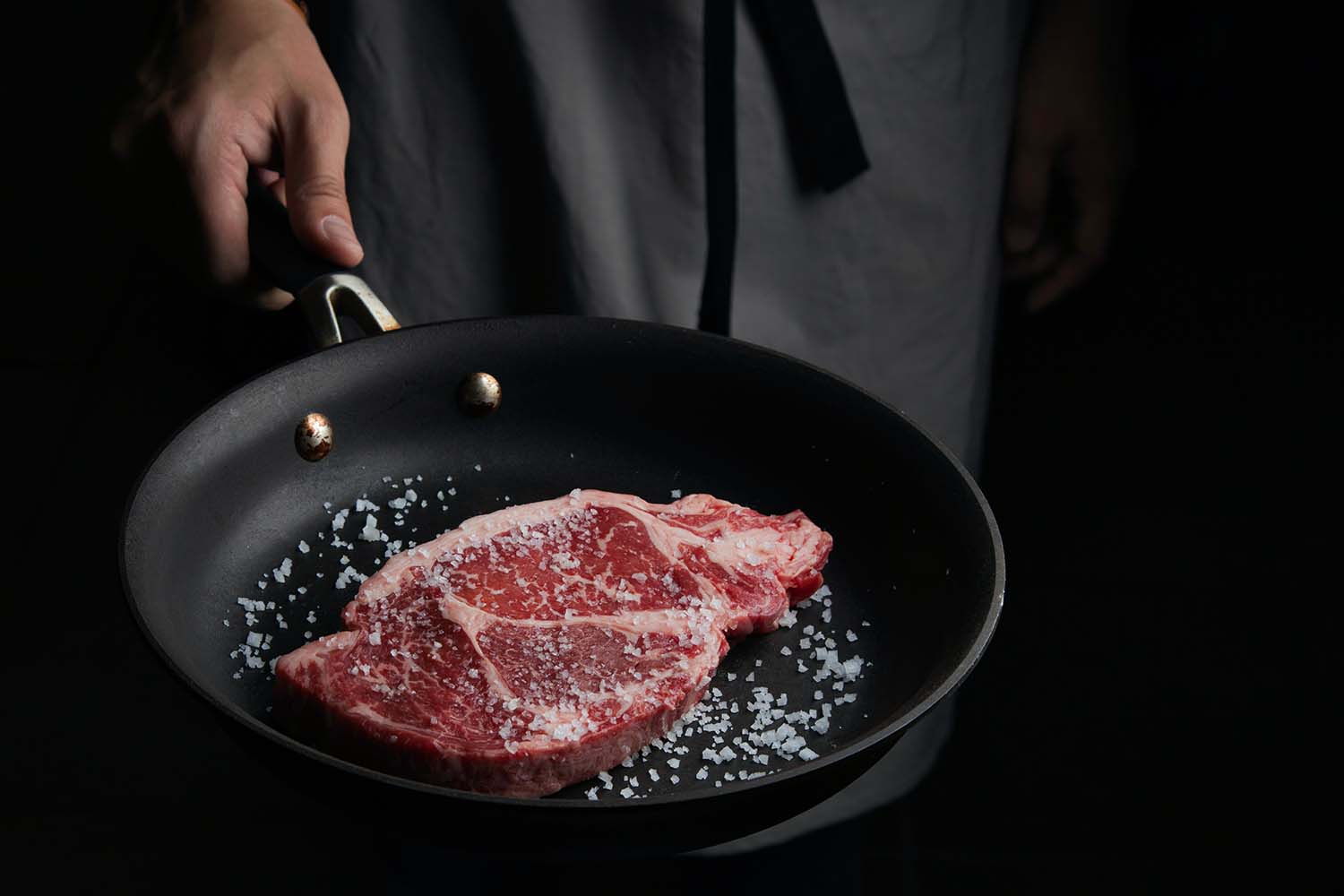
Photo by Nanxi Wei.
The Basics of the Keto Diet
Let’s leave out ‘clean’ and ‘dirty’ for the moment. The ketogenic diet is a low-carb, high fat eating plan that’s designed for quick and efficient weight loss. It is usually called ‘keto’ for short.
According to Diet Hive, the basic keto diet calls for a diet that’s 75% fat, 20% protein and 5% carbs. By contrast, about 50% of a normal, healthy diet is made up of carbohydrates, with only 30% of the calories coming from fat.
The reason for that huge difference is somewhat difficult to explain in biological terms, but easy to understand using common sense. When you eat a normal diet, the body gets most of its energy by turning the carbs you consume each day into glucose.
By virtually eliminating carbs, you’re forcing the body to find another source of energy. What it uses is the fat that’s already stored in your body.
When the body converts stored fat, it turns that fat into molecules known as ketones. And the body’s metabolic state when it’s using ketones instead of glucose for energy? That’s called ketosis.
The aim of a keto diet is put the body into ketosis so it efficiently burns stored fat. This allows you to lose a great deal of weight. However, that leads to one natural question. If you’re burning fat, why do you keep eating high amounts of fat while you’re on the keto diet?
It’s so the body knows to keep burning and running on fat, instead of carbs. But one person’s fat is another person’s junk food. That’s an inelegant way of describing the difference between a clean and dirty keto diet. However, there’s a more elegant explanation. The key difference between clean and dirty is the quality of the food you eat while following keto guidelines.
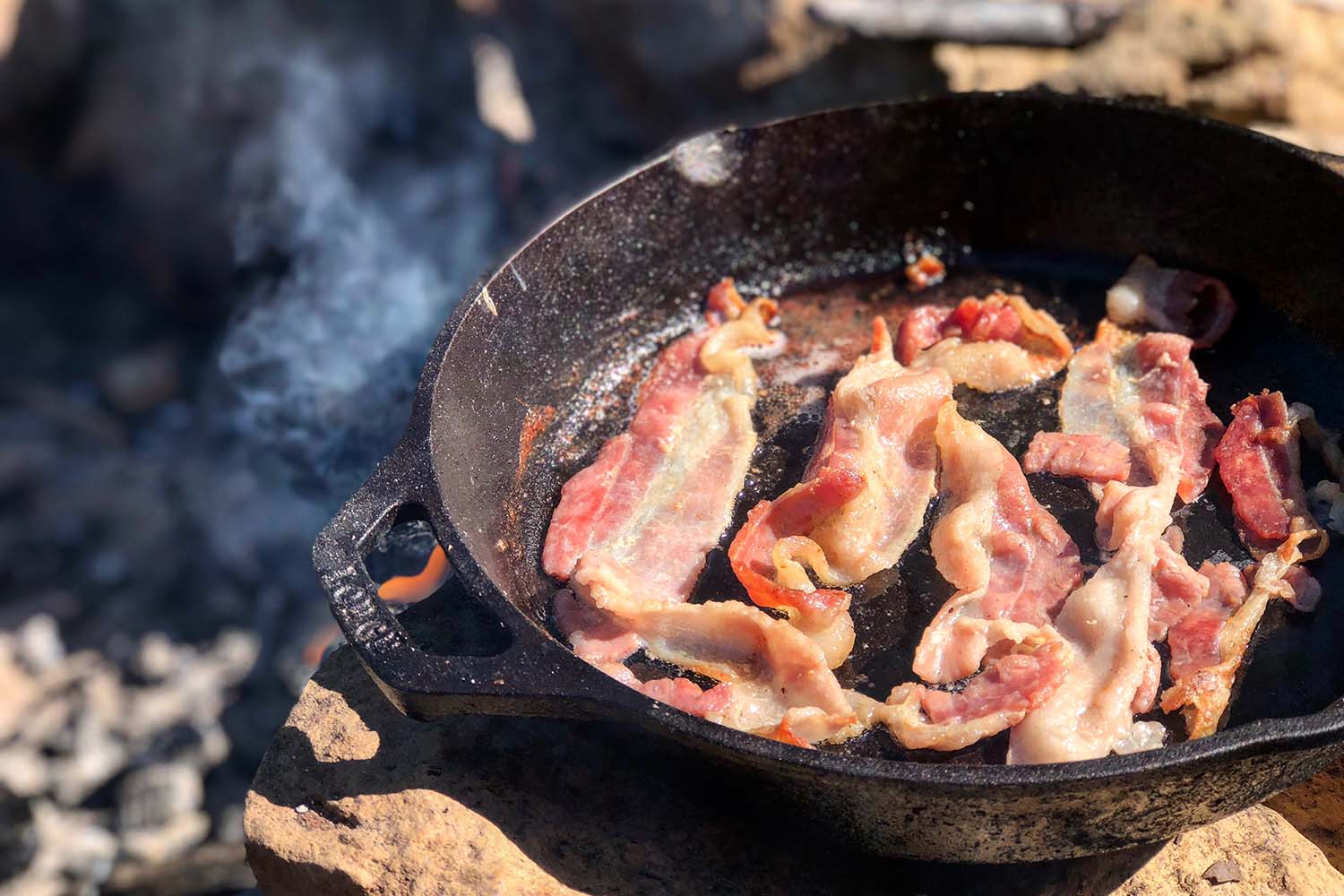
Photo by Casey DeViese.
The Basics of a Keto Diet
When you read about ketogenic diets, the focus is usually on fatty proteins and healthy oils. Red meat, which is usually banned or severely limited on most diets, is perfectly acceptable on keto. As are dairy products like butter, cream and unprocessed cheese.
The diet is heavy on low-carb vegetables and light on most fruits (which contain lots of sugar). Healthy oils aren’t restricted at all.
When you start a keto diet and eliminate most carbs, sugar is the first thing to go. That puts sweets (including cake, cookies, soda and ice cream) at the top of the no-no list, along with grains and starches (everything from bread and cereal, to pasta and rice). Beans, legumes and starchy vegetables (like potatoes) are out. Along with the fruits we’ve already mentioned.
Eliminating sugar and carbs also means that processed and packaged foods, including most ‘sugar-free’ and ‘low-fat’ foods, are usually banned on the keto diet. Unhealthy fats and, sadly for many, most forms of alcohol are also not allowed.
That may already seem to be a lot healthier than any diet you’ve ever followed. However, a clean keto diet takes things even further.
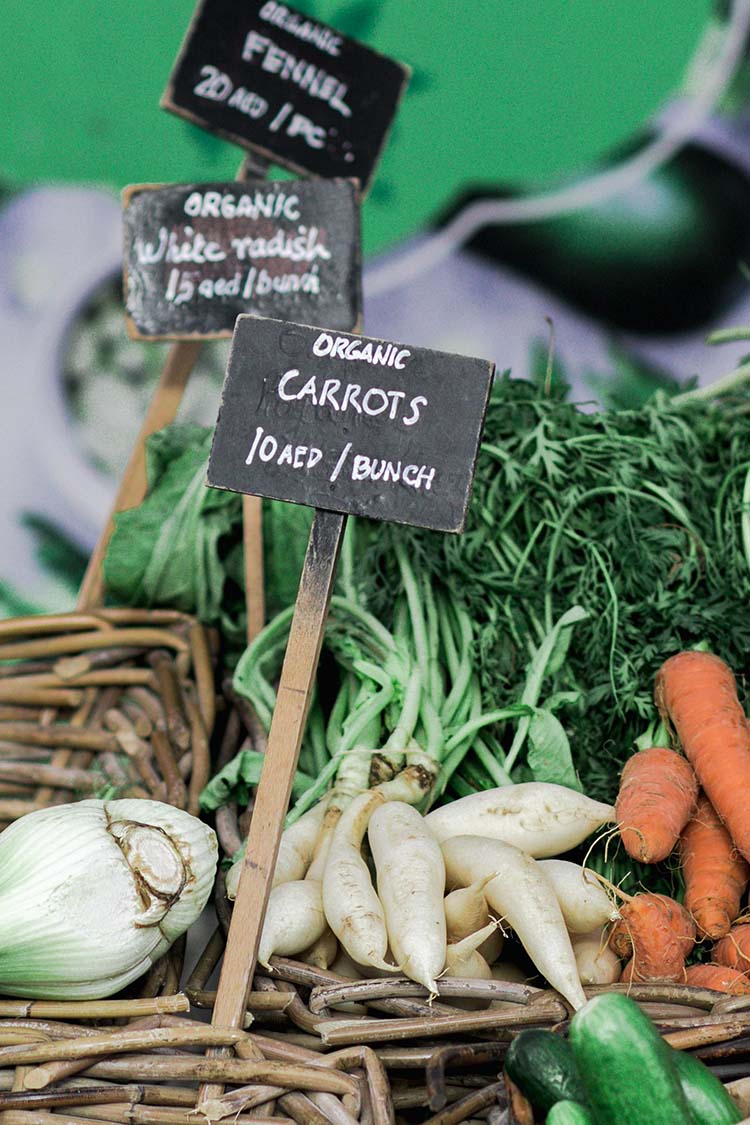
Photo, Kate Trysh.

Photo, Janko Ferlič.
What Makes a ‘Clean Keto’ Diet Different?
A clean keto diet is pretty much what it sounds like. Which is eating low-carb, high-fat foods that are the healthiest you can find. In essence, it relies on whole foods that are high in nutrients like vitamins and minerals, and free of antibiotics, hormones and preservatives.
Beef should be pastured and grass-fed, poultry (and the eggs they produce) should be free-range, fish should be wild-caught, and produce should be organic. The goal is healthy eating while still rigorously adhering to keto guidelines.
There’s one important reason why many dieticians and medical professionals strongly recommend staying on the clean side: research on the long-term effects of ketogenic diets isn’t definitive.
Studies hint that a diet that’s 75% fat may not be a great idea for long periods of time. Therefore, experts say it’s even more important that the food you eat is as healthy and high-quality as possible.
Some of the foods that receive special attention in clean keto diet plans are organic green vegetables and avocados, wild-caught fatty fish high in Omega-3s, free-range eggs and coconut oil. That all makes sense.
So, what’s the appeal of a ‘dirty’ keto diet? To be honest, it’s because most of us eat dirty on a regular basis.

Photo by Case.
The Keto Diet Hack: Dirty Keto
If you like the idea of a diet that lets you lose a lot of weight while still being able to eat steak, bacon and cheese, but hate the idea of giving up every other food that you love, a dirty keto diet may be your loophole. There’s a good reason this diet has so many fans.
A grass-fed steak topped with avocado and grated parmesan, and a fast-food cheeseburger without the bun, each nominally fit the high-fat, low-carb keto guidelines. It probably goes without saying, though, that the first meal is good for you, while the Golden Arches version isn’t.
Steak has plenty of healthy fatty acids and protective linoleic acids. The burger doesn’t. It is also likely to contain hormones, steroids, antibiotics and a lot fewer nutrients. And the two cheeses are also very different in their nutritional value.
In short, there are lots of foods that are theoretically keto-friendly that most people would be happy to eat regularly. However, they just aren’t healthy to eat on a regular basis.
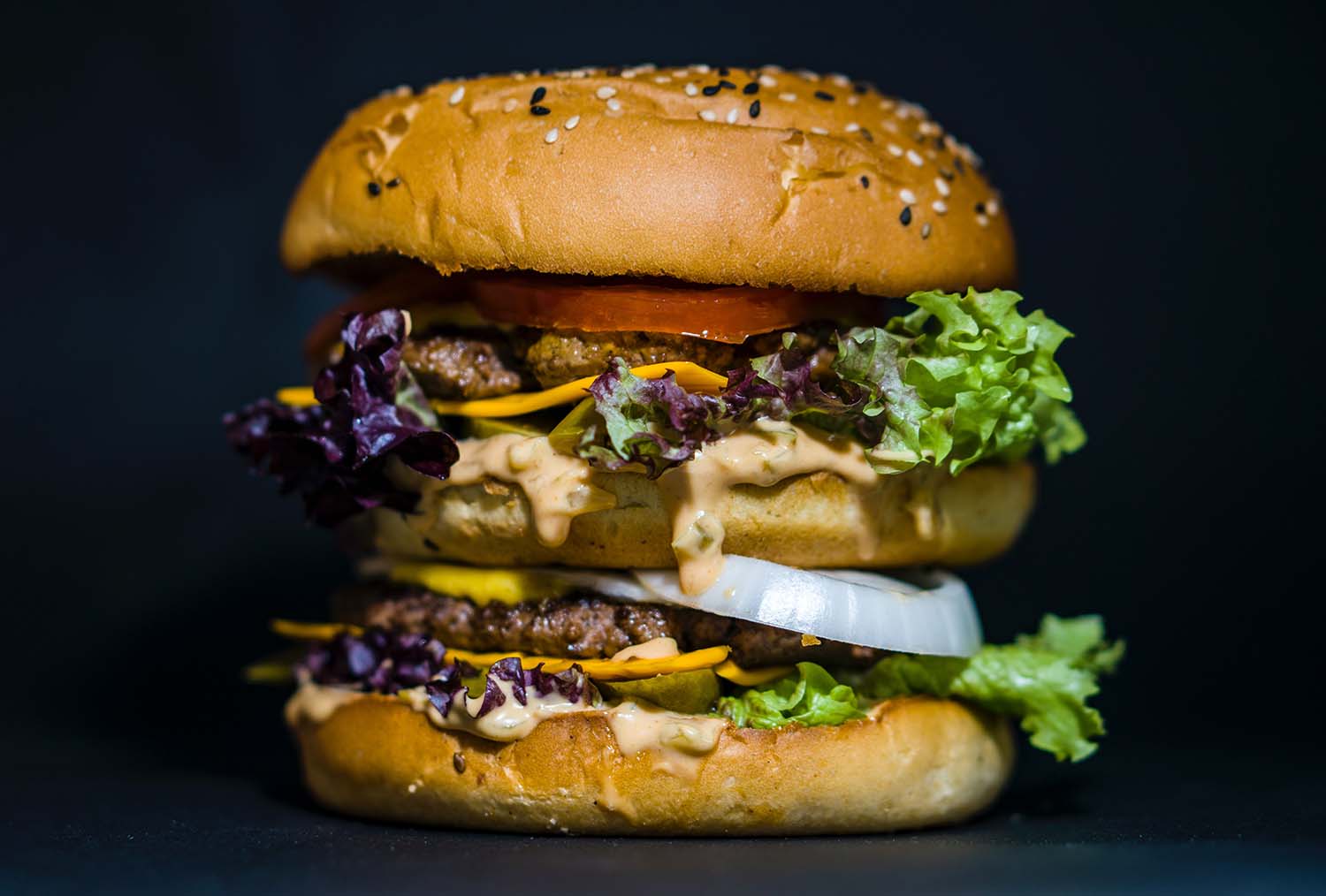
Photo by Amirali Mirhashemian.
A Shortlist of ‘Dirty Keto’ Foods
Factory-farmed protein and most brands of processed meat; processed oils (trans fats and hydrogenated oils are the worst); diet drinks; roasted nuts; processed and ‘diet’ foods; many prepackaged ‘keto foods’ which are full of sodium and cooked in processed oil; and of course, fast food.
The more dirty keto foods you eat, the less benefit you may see from your keto diet. There is, however, a middle ground that some nutritional experts say could be worth considering.

Photo by Pablo Merchán Montes.
Keto with Cheating
Many people travel regularly and don’t have access to keto-friendly restaurants, so they simply can’t adhere to a clean keto diet for all of their meals. And others find clean keto so discouraging to follow that they can’t stick to the guidelines.
Those folks can still experience much of the weight loss and the medical benefits of keto, if they set up rigorous rules for cheating on their diet and stick to them. Here’s the important takeaway: you still have to follow keto guidelines, and you can only cheat on occasional meals, not for an entire day or weekend.
If you cheat by digging into a big bowl of cereal in the morning, a big sub sandwich for lunch and an enormous bowl of pasta with garlic bread at night, chances are good that you will fall out of ketosis and all of your progress will have been lost.
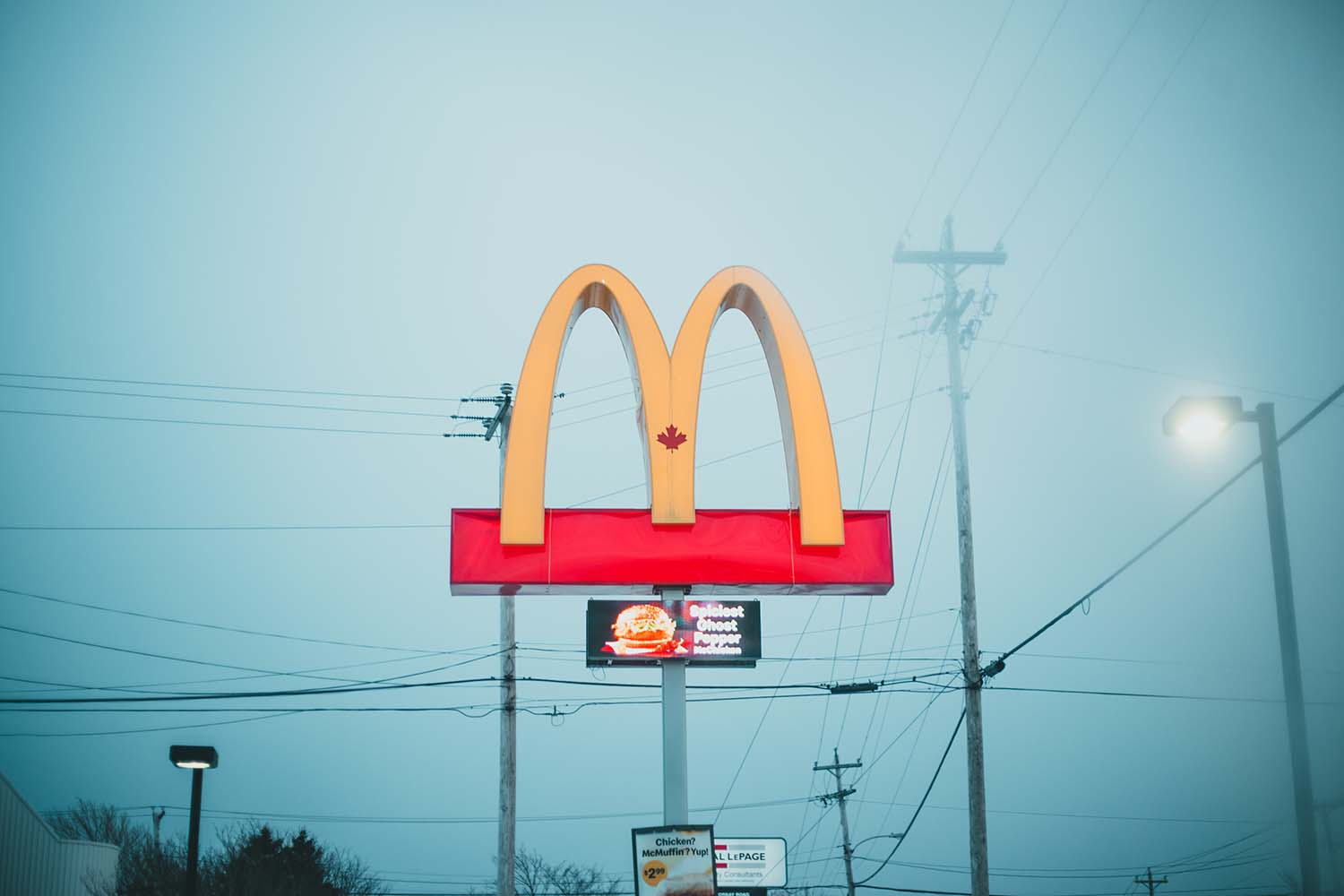
Photo, Erik Mclean.
However, it’s possible that you just can’t live without the distinctive taste of a McDonald’s meal, and you grab that dirty double cheeseburger (without bun) that we mentioned. Or you can’t resist a few forkfuls of the amazing lobster ravioli they serve at your friend’s wedding.
You can also grab some packaged ‘Keto snacks‘ to keep you going while you’re on a long business trip.
As long as you keep the cheats to a few times per month, they’re not likely to hurt your long-term diet program. Just don’t cheat on your cheating plan.
Final Thought
One final issue involves those who can’t afford expensive, ‘clean’ organic and grass-fed foods on a regular basis. They can still follow a keto diet plan, as long as they buy the best quality ingredients that fit into their budget. They may not get all of the benefits of clean keto, but if they’re careful they’ll still be able to stay in ketosis, and lose weight.

